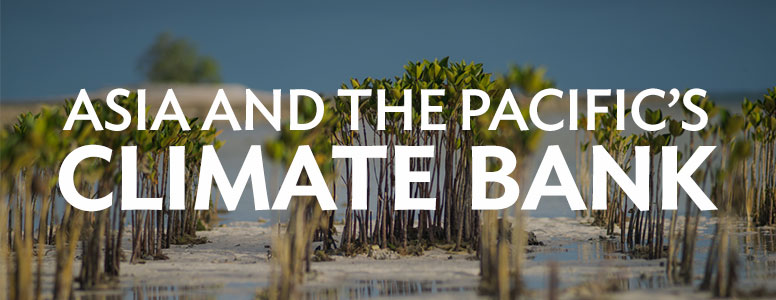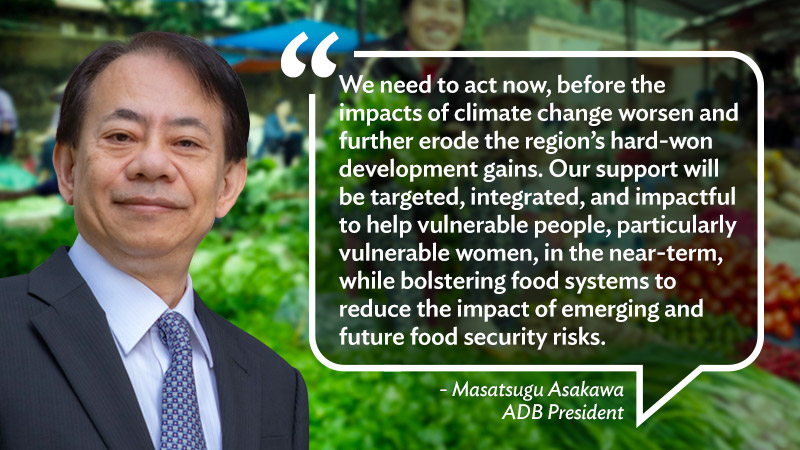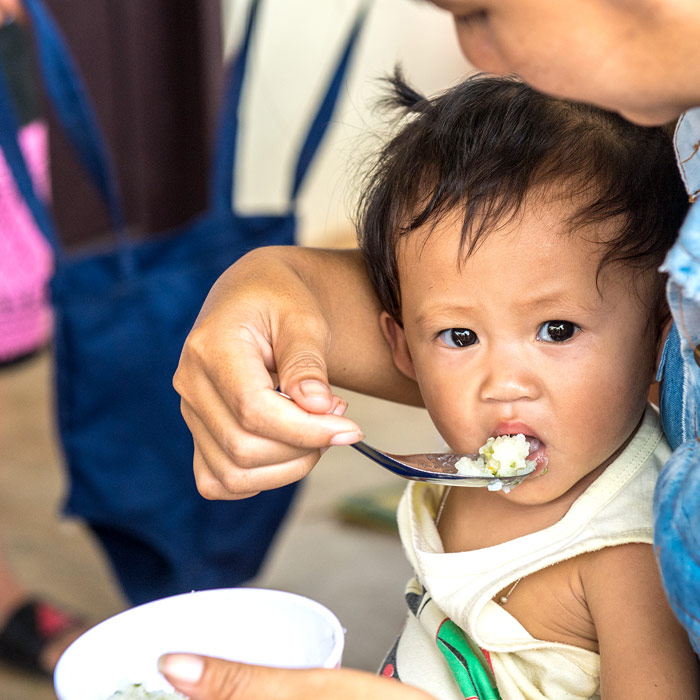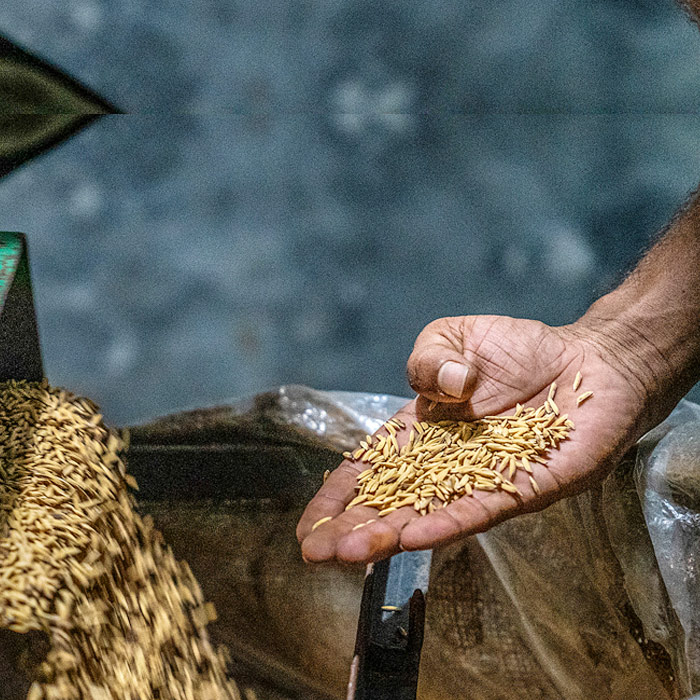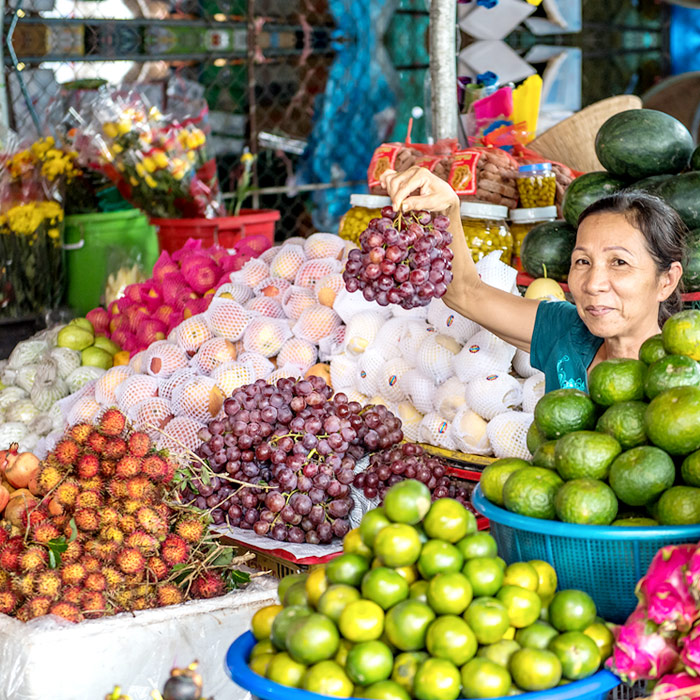- Jump to:
- Key Challenges
- What ADB Has Done
- What's New
ADB Plans $14 Billion to Ease Food Crisis
ADB announced plans to provide at least $14 billion over 2022-2025 in a comprehensive program of support to ease a worsening food crisis in Asia and the Pacific, and improve long-term food security by strengthening food systems against the impacts of climate change and biodiversity loss.
The assistance expands ADB’s already significant support for food security in the region, where nearly 1.1 billion people lack healthy diets due to poverty and food prices which have soared to record highs in 2022.

